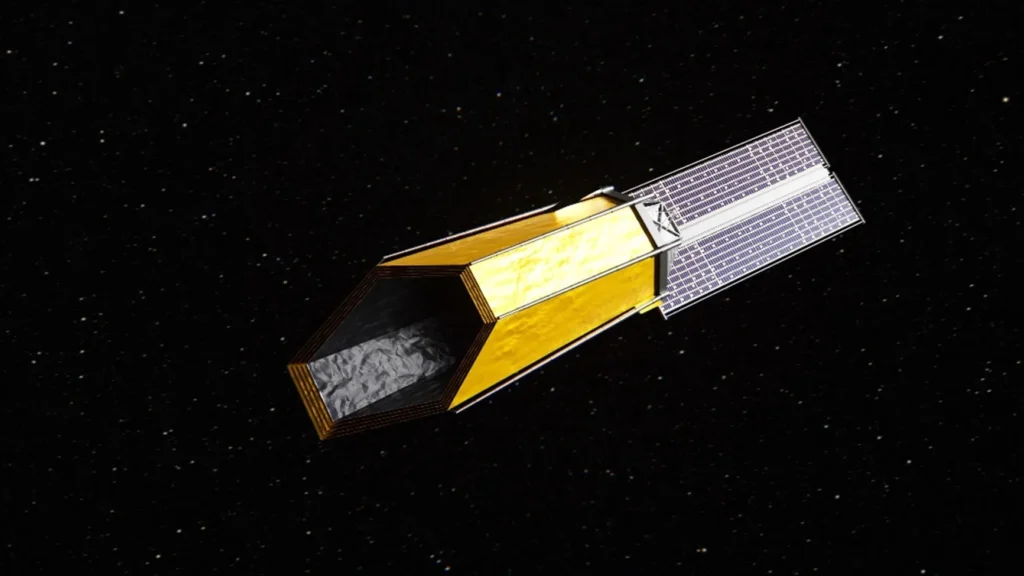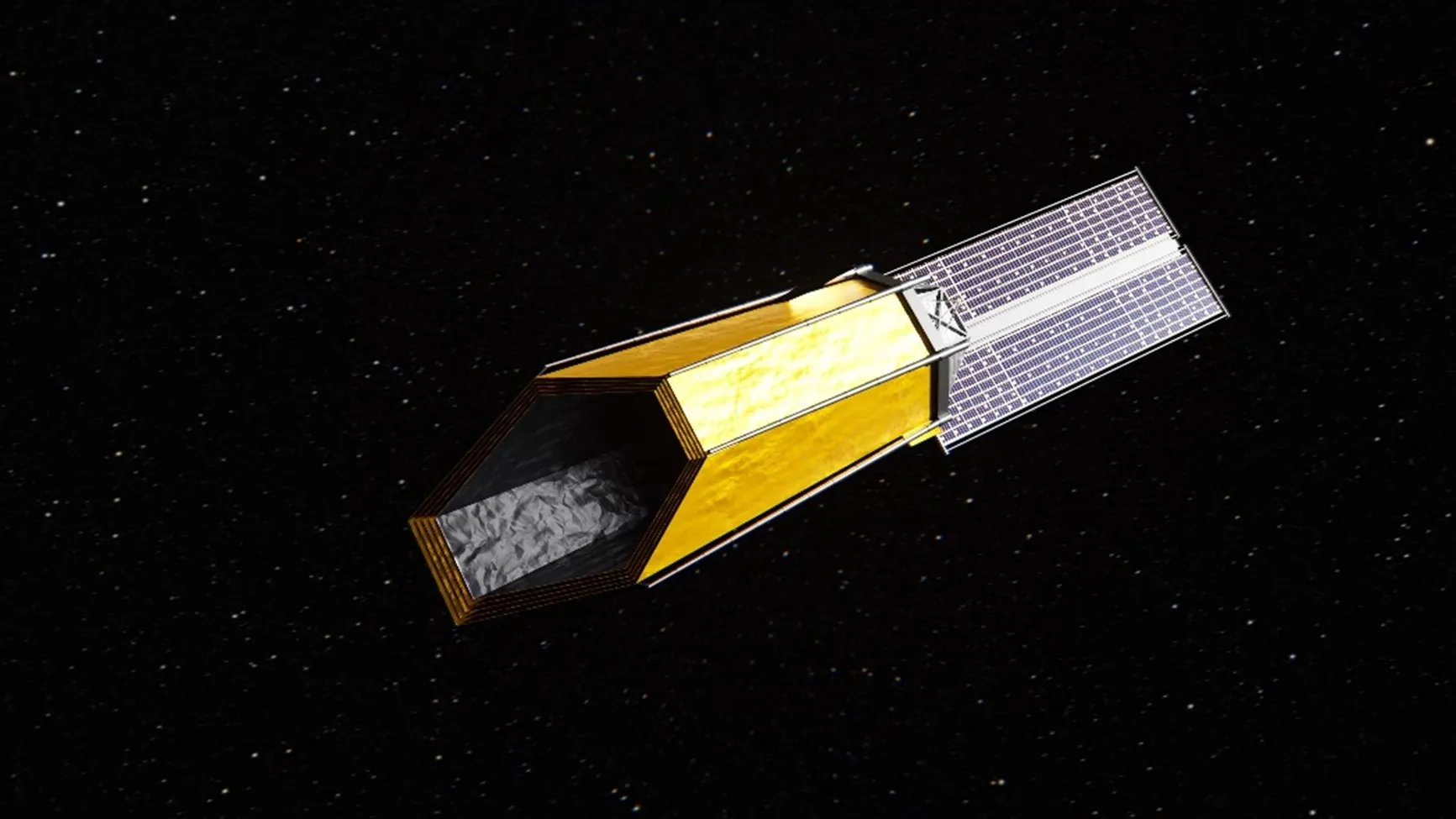NASA, advanced technologies, habitable worlds, space exploration, space missions, propulsion systems, life support systems, habitat design, robotic exploration, communication systems, exoplanets, future technology
Discover how NASA is advancing space exploration with cutting-edge technologies designed for future missions to habitable worlds. Learn about innovative propulsion systems, life support, habitat design, and more.

Introduction
NASA continues to push the boundaries of space exploration and technology development. Recently, the agency has awarded several advanced technology contracts to innovative companies and research institutions. These technologies are pivotal for the future exploration of habitable worlds beyond our solar system. By investing in cutting-edge technologies, NASA aims to ensure the success of missions that seek to discover and study potentially habitable planets.
NASA’s Commitment to Innovation
NASA’s investment in advanced technologies is a testament to its commitment to innovation and scientific discovery. The agency understands that to explore distant worlds and identify habitable conditions, it must develop and utilize state-of-the-art technologies. These advancements not only aid in the discovery of new planets but also ensure the safety and efficiency of future space missions.
The Importance of Advanced Technologies
Advanced technologies are crucial for several reasons. They enhance our ability to observe and analyze distant celestial bodies, improve communication systems, and ensure the sustainability of long-duration missions. These technologies also help in developing better propulsion systems, enhancing life support systems, and improving the overall design and functionality of spacecraft.
Awarded Technologies and Their Applications
- Advanced Propulsion Systems One of the critical areas of development is advanced propulsion systems. These systems are designed to reduce travel time to distant planets, making long-duration missions more feasible. Companies like Ad Astra Rocket Company are working on the Variable Specific Impulse Magnetoplasma Rocket (VASIMR), which promises faster and more efficient space travel.
- Life Support Systems Ensuring the sustainability of life in space is paramount. NASA has awarded contracts to develop advanced life support systems that can recycle air, water, and waste. These systems are essential for maintaining a habitable environment on spacecraft and future space habitats. The development of closed-loop life support systems will allow astronauts to live and work in space for extended periods.
- Habitat Design and Construction Innovative habitat design and construction technologies are crucial for establishing human presence on other planets. Companies like Bigelow Aerospace are working on expandable habitats that provide more living space for astronauts. These habitats are designed to be lightweight and compact during launch, then expand once in space to offer a comfortable living environment.
- Robotic Exploration Robotic systems play a vital role in exploring and studying distant planets. NASA has awarded contracts for the development of advanced robotic technologies that can perform complex tasks autonomously. These robots can explore harsh environments, collect samples, and perform scientific experiments, paving the way for human exploration.
- Communication Systems Reliable communication systems are essential for deep space missions. NASA is investing in advanced communication technologies that offer higher data rates and more reliable connections over vast distances. These systems will enable better communication between Earth and spacecraft, ensuring mission success.
The Role of Research Institutions
Research institutions play a significant role in developing these advanced technologies. Universities and research centers collaborate with NASA and private companies to conduct cutting-edge research and develop innovative solutions. These collaborations ensure a continuous flow of new ideas and technologies that drive space exploration forward.
Challenges and Solutions
Developing advanced technologies for space exploration comes with its own set of challenges. These include the harsh conditions of space, the need for reliability and durability, and the constraints of space travel. However, NASA and its partners are dedicated to overcoming these challenges through rigorous testing, innovative design, and continuous improvement.
The Future of Habitable Worlds Exploration
The technologies being developed today will pave the way for the future exploration of habitable worlds. With advanced propulsion systems, sustainable life support, innovative habitat designs, autonomous robots, and reliable communication systems, NASA is well-equipped to explore distant planets and moons.
- Identifying Habitable Worlds The search for habitable worlds involves identifying planets and moons that have the right conditions for life. This includes the presence of liquid water, a suitable atmosphere, and a stable climate. Advanced telescopes and observational technologies will play a crucial role in this quest, allowing scientists to gather detailed data about distant celestial bodies.
- Studying Exoplanetary Atmospheres Understanding the atmosphere of exoplanets is essential for determining their habitability. Advanced spectrometers and other observational instruments will help scientists study the composition and behavior of exoplanetary atmospheres. This information will provide insights into the potential for life on these planets.
- Simulating Habitable Conditions Before sending humans to distant worlds, it is essential to simulate habitable conditions on Earth. NASA and its partners are developing advanced simulation technologies that can recreate the environments of other planets. These simulations help researchers understand the challenges and requirements of living in space, guiding the development of life support systems and habitats.
Conclusion
NASA’s investment in advanced technologies is a significant step towards exploring and understanding habitable worlds beyond our solar system. The awarded technologies cover a wide range of areas, including propulsion systems, life support, habitat design, robotics, and communication. These advancements will ensure the success of future space missions and the potential discovery of life beyond Earth.
The collaboration between NASA, private companies, and research institutions is driving innovation and pushing the boundaries of what is possible in space exploration. As these technologies continue to develop, humanity moves closer to the dream of exploring and possibly colonizing other planets. The future of space exploration is bright, and the search for habitable worlds is more promising than ever.
By investing in these advanced technologies, NASA is not only preparing for future missions but also inspiring a new generation of scientists, engineers, and explorers. The journey to discover habitable worlds is just beginning, and the possibilities are endless.
Read More-
